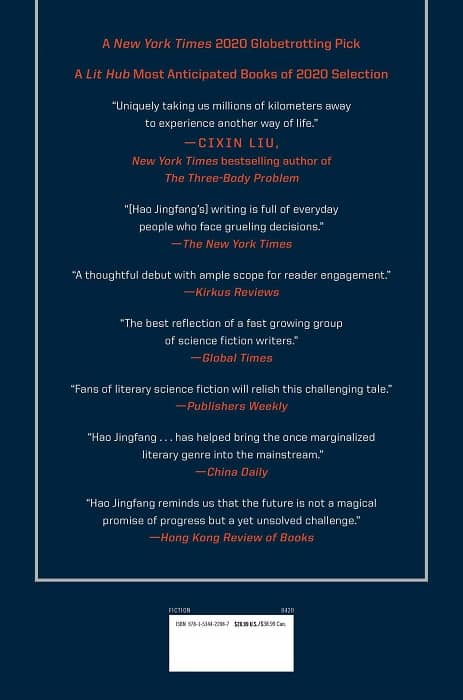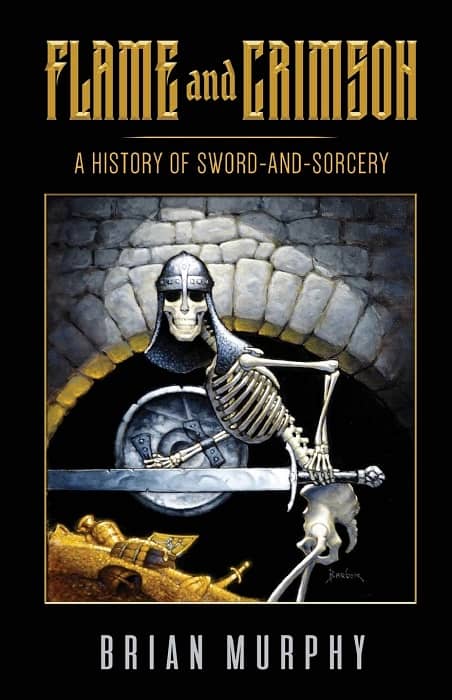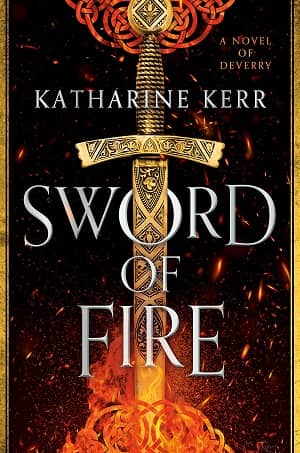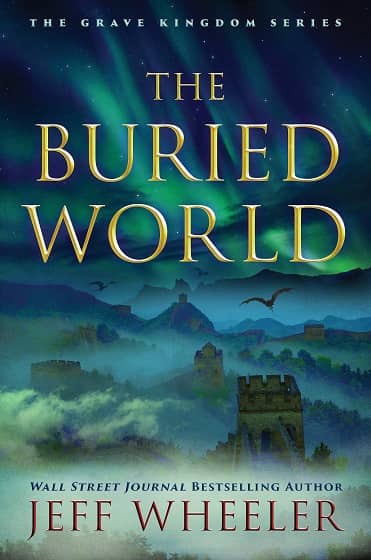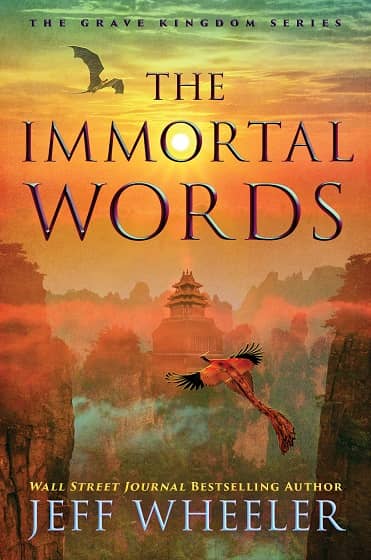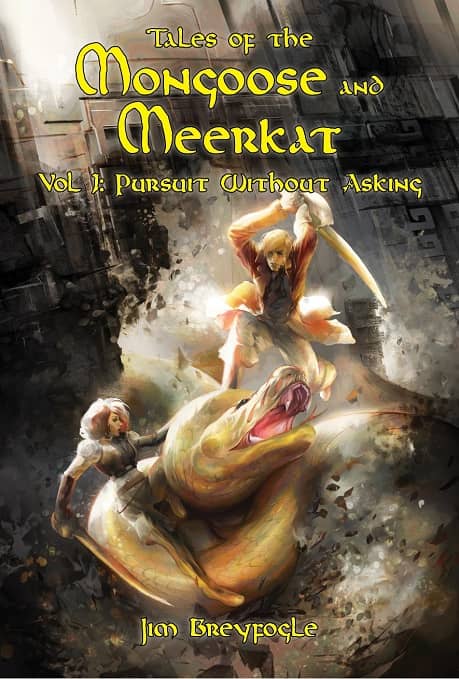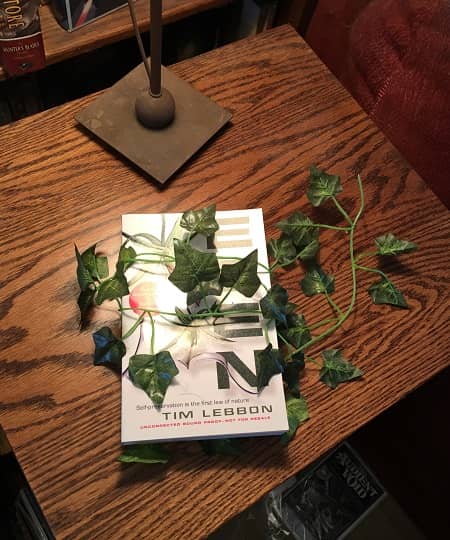Stories That Work: Short Story Collections
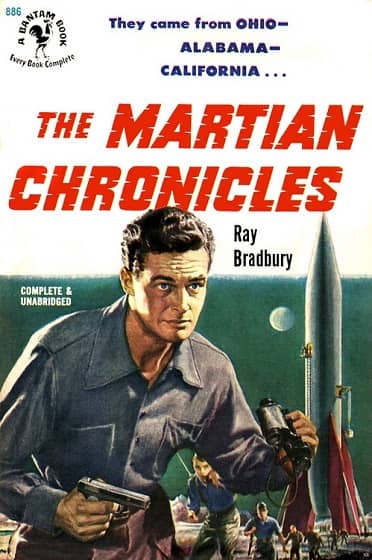 |
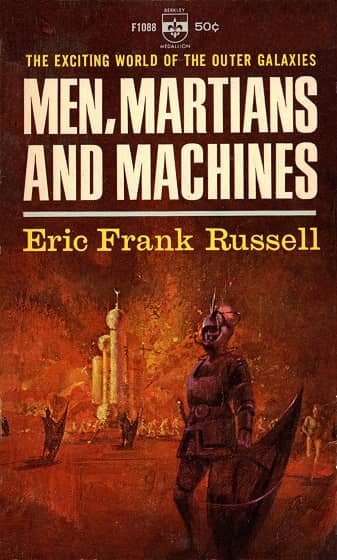 |
 |
Normally I look at a couple short stories that have caught my eye since my last article, and then dive into them for a closer look. But in these stay-at-home times I realized how important short stories are in my reading life, and how short story collections are often my favorite pastime.
Like many of you, I became a recreational reader early on. My school desk always had science fiction tucked inside that I would sneak peeks at every chance I could. Some teachers just let me read. They must have decided that a book kept me still and quiet. It’s illuminating to consider my introductions to Robert Heinlein, Isaac Asimov and Madeleine L’Engle happened during math or social studies lessons at East Elementary.
As much as I loved books, though, the idea of writing stories didn’t come to me until I read Ray Bradbury’s The Martian Chronicles. There was no way I could write a book! A two-page essay on Abraham Lincoln took an entire weekend (and I didn’t choose the topic), but those short stories that Bradbury wrote, the ones that made me cry and laugh and tied my heart with emotions I didn’t even knew existed, might just be possible to finish. Heck, “Rocket Summer” was only 228 words long. I could write a story that short.
More than that, Bradbury turned me onto enjoying short stories. From The Martian Chronicles, I went to The Illustrated Man, R is for Rocket, S is for Space, and I Sing the Body Electric. I’m glad I didn’t discover The Small Assassin at that time. The trajectory of my writing career might have careened differently.

